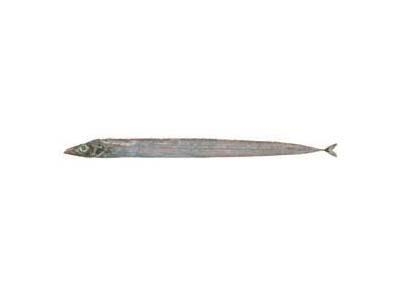General Description
Body very long, shallow, tapering to an extremely narrow tail base; dorsal fin continuous, long-based, without a notch; tips of jaws usually with a short cartilaginous knob; tail small, forked; pectoral fin moderate, tip pointed; pelvic fins present, though very small. Silvery; dorsal fin with a black blotch at beginning of soft-rayed portion; nape occasionally with black blotch. To 2 m.
Biology
These fishes are thought to become disoriented near shore on cold frosty nights, resulting in occasional strandings, and thus the common name.
Habitat
Offshore, occasionally entering inshore waters, and sometimes found stranded ashore, in depths of 9-400 m.
Open water
Distribution guide
Pacific and eastern Atlantic oceans. Southern Australia.
Species Group
Depth
Shallow (1-30 m)
Deep ( > 30 m)
Water Column
Max Size
2 m
Commercial Species
Yes
Global Dispersal
Recorded in Australia
Conservation Status
- DSE Advisory List : Not listed
- EPBC Act 1999 : Not listed
- IUCN Red List : Not listed





